Worlds Most Dangerous Mammals
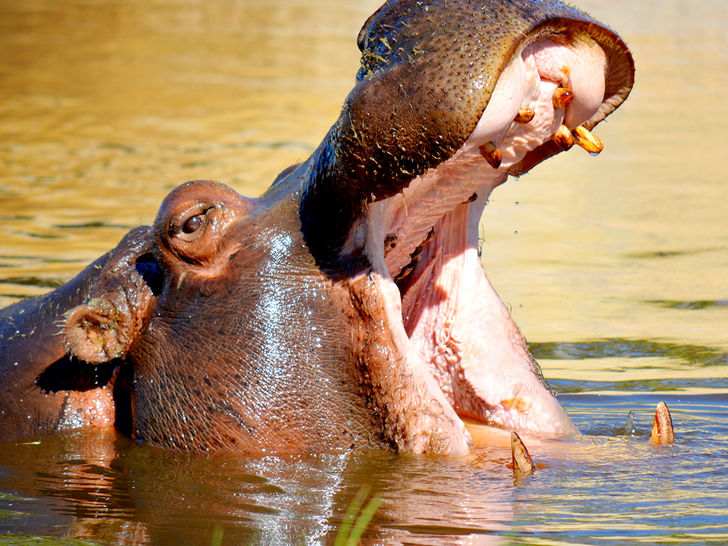
The fuzzy, cuddly beings of the animal kingdom are mammals. Sometimes, the creatures people are most familiar with are mammals. They serve in the fields as working animals, as guards and companions in households, and the stuffed animals on the beds and in the arms of young children are inspired by their faces. However, certain mammals are capable of killing.
Posted On November 2nd, 2020
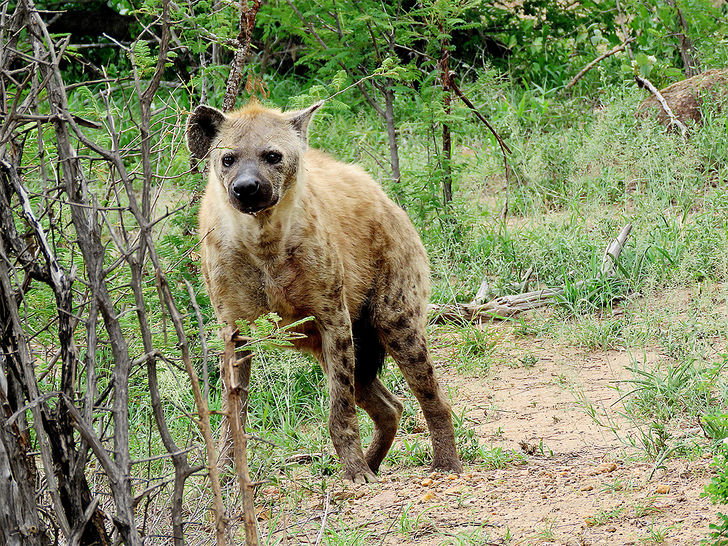
Hyneas
Hyenas or hyaenas are carnivorous feliform mammals of the Hyaenidae family. It is the fifth smallest biological family in the Carnivora, with only four living species, and one of the smallest in the Mammalia Class. Hyenas are unique and essential components of most African habitats, considering their low diversity.

Tigers
The tiger is the largest member of the cat family (Felidae), which in power and ferocity exceeds only the lion. The six remaining subspecies are endangered, ranging from the Russian Far East across parts of North Korea, China, India, and Southeast Asia to the Indonesian island of Sumatra. The Siberian, or Amur, the tiger is the largest, measuring a total length of up to 4 metres (13 feet) and weighing up to 660 pounds (300 kg). The Indian, or Bengal, the tiger is the most numerous and constitutes about half of the total population of tigers.
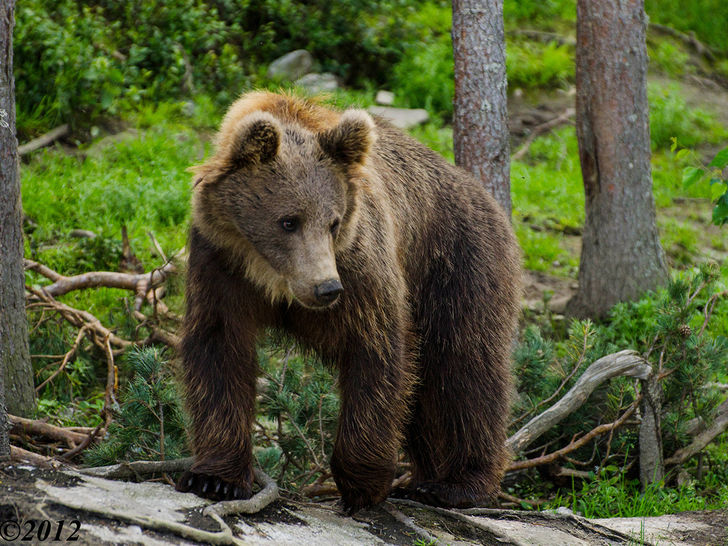
Bears
While clumsy in appearance, bears can move remarkably quickly. However, their senses of sight and hearing are poorly established, and most hunting is carried out by the smell. Some are good climbers, such as black and spectacled bears, and all are strong swimmers, most notably the polar bear. Generally, bears do not communicate by sound and are generally silent, but often they growl while feeding, when confronted by another bear or by humans, and when vying for mates.

Hippopotamus
Hippopotamus is Greek for "river horse," and since ancient times, the animal has been identified as vey dangerous. Hippopotamuses are also seen basking on the banks or sleeping near grasslands in the waters of rivers , lakes, and swamps. The hippopotamus has a stumpy, muscular body, a large head, a short tail, and four toes on each foot. Each toe has a hoof that is nail-like.
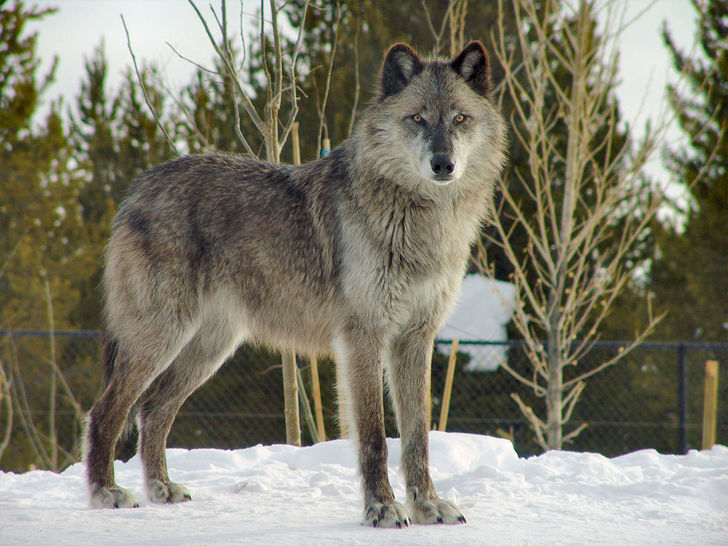
Wolves
The wolf is a large canine native to Eurasia and North America, often referred to as the grey wolf or grey wolf. More than thirty subspecies of Canis lupus have been described, and grey wolves contain non-domestic / feral subspecies, as colloquially understood.
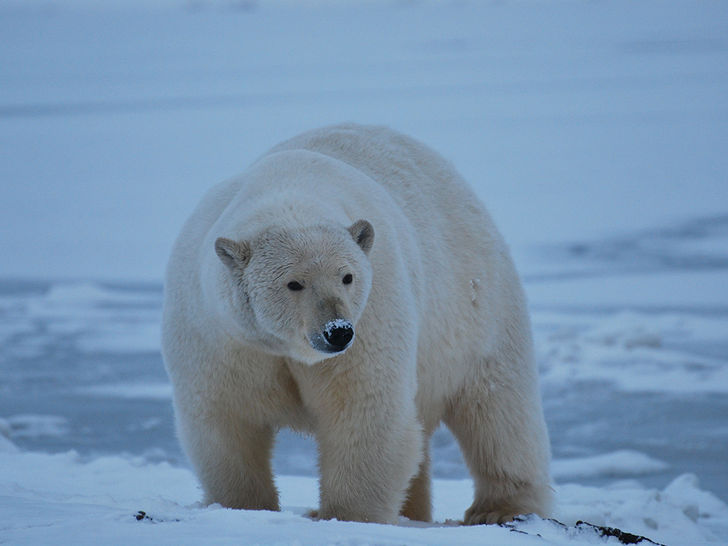
Polar Bears
The world's biggest bear and the top predator in the Arctic, polar bears are a strong symbol of the Arctic's strength and resilience. The Latin name of the polar bear, Ursus maritimus, means "ocean bear." It is a fitting name for this magnificent animal, which spends most of its life on the sea ice, mainly in, near, or on the ocean. Alaska is home to two subpopulations of polar bears in the United States.

Lions
A wide range of species ranging in size from rodents and baboons to water buffalo and hippopotamuses are exploited by lions, but they primarily hunt medium-sized to large-sized hoofed animals such as wildebeests, zebras, and antelopes. Both geographically and between adjacent pride, prey preferences differ. It is understood that lions take elephants and giraffes, but only if the person is young or particularly ill. They eat any meat they can find quickly, including carrion and fresh kills that they scavenge or snatch from hyenas, cheetahs, or wild dogs forcefully.

